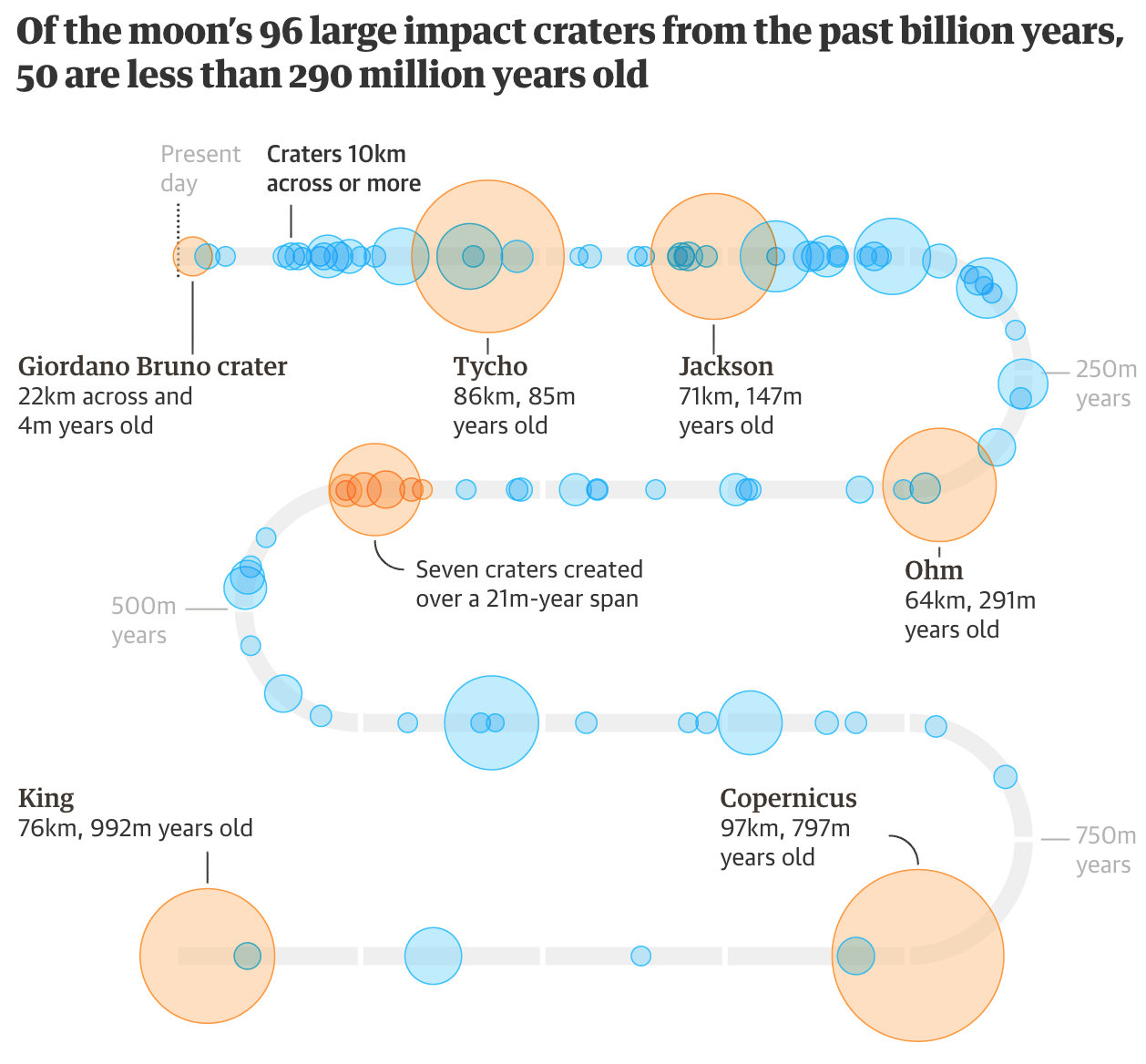Of course the inside threat are those little bodies of coronavirus causing Covid-19. We cover them a lot here. But there are also threats from little bodies outside, way outside. Like asteroids impacting us. And that was the news yesterday when NASA announced improved data from a mission to the asteroid Bennu allowed it to refine its orbital model.
And we have reason to ever just so very slightly worry. Because there is a very slight chance that Bennu will impact Earth. In 2182. The New York Times article where I read the news included a motion graphic produced by NASA to explain that the determining factor will be a near pass in 2135.

Essentially, the exact course Bennu takes as it passes Earth in 2135 will determine its path in 2182. But just a few slight variations could send it colliding into Earth. Though, to be clear, it’s only a 1-in-1750 chance.
NASA used the metaphor of keyholes to explain the concept. The potential orbits in 2135 function as keyholes and should Bennu pass into the right keyhole, it will setup a collision with Earth in 2182. Hence the use of little keyholes in the motion graphic that accompanied the article.
But who knows, if we’re lucky the United Federation of Planets will still be formed in 2161 and the starship Enterprise will gently nudge Bennu back into a non-threatening orbit.
Credit for the piece goes to NASA.


